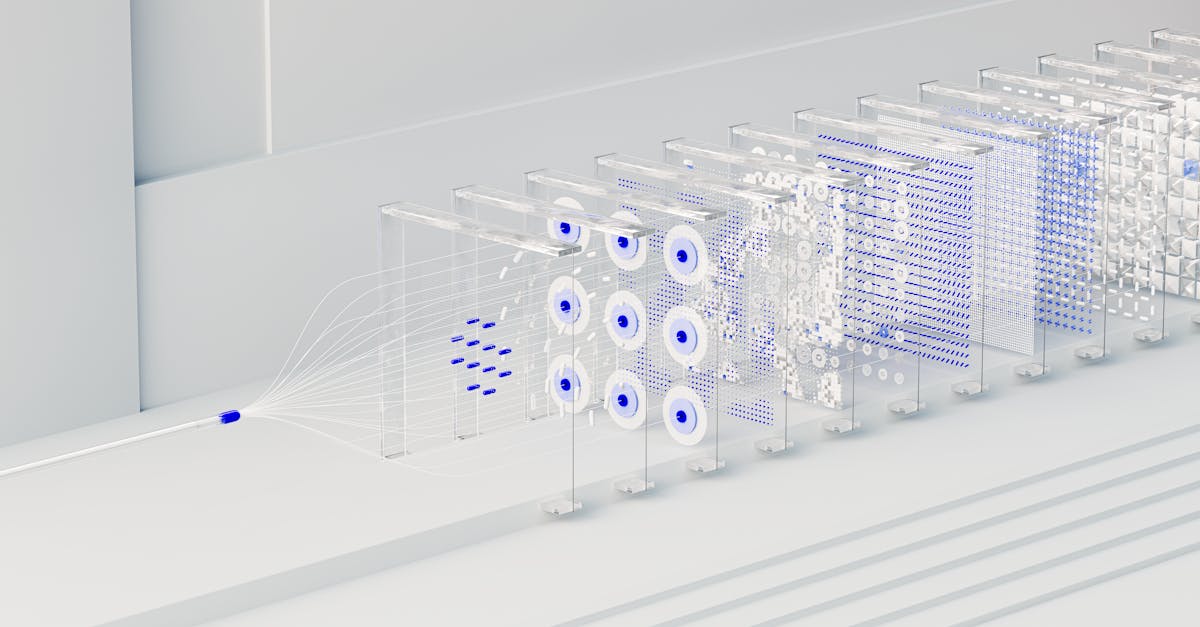
Table Of Contents
Testing and Inspection
Testing and inspection are crucial steps in ensuring the proper functioning of split system compressor units. Before operation, it is essential to thoroughly check for any leaks and ensure that all electrical components are working correctly. Any signs of leakage must be promptly addressed to prevent further damage and maintain the efficiency of the unit. Additionally, testing the electrical functionality is imperative to avoid any potential hazards during operation.
Furthermore, during the testing and inspection phase, it is important to pay close attention to detail and follow the manufacturer's guidelines. Proper adherence to the prescribed procedures will help identify any potential issues that may arise and address them promptly. By conducting thorough testing and inspection, you can ensure that the split system compressor unit is operating optimally and ready for use.
Checking for leaks and electrical functionality before operationTerms of Use
During the installation process of split system compressor units, it is crucial to thoroughly check for any leaks and ensure proper electrical functionality before the unit is operated. Begin by inspecting all connections, joints, and valves for any signs of leaks. Even a small leak can lead to decreased performance and potential damage to the system over time. Use a solution of soapy water to identify any leaks, as bubbles will form at the site of the leak.
To achieve proper drainage, position the unit so that the condensate can easily flow towards the designated drain area. Make sure that the drain pipe is free from any obstructions or kinks that could impede the flow of water. Regularly inspect the drainage system to check for any blockages or leaks that may compromise its functionality. By maintaining a well-functioning drainage setup, you can ensure the efficient removal of condensation from the compressor unit, enhancing its overall performance and longevity.
Noise Reduction
To reduce noise emitted by a split system compressor unit, implementing sound-dampening measures is crucial. One effective method is to place the outdoor unit on a stable and level concrete pad. This helps to minimize vibrations that can amplify noise levels. Additionally, ensuring that the unit is properly secured to the pad can further reduce rattling and shaking noise during operation.
Another method to reduce noise is to install vibration isolation mounts between the unit and the concrete pad. These mounts absorb vibrations and prevent them from transferring to the structure, resulting in a quieter operation overall. Furthermore, utilizing acoustic barriers or sound enclosures around the unit can also help in reducing noise levels. Proper installation of these noise-reduction measures can significantly enhance the comfort of both residents and neighbours in the surrounding area.
Implementing sounddampening measures for quieter operation
To achieve a quieter operation for split system compressor units, implementing sound-dampening measures is crucial. One effective method is to use vibration isolation pads underneath the compressor unit. These pads help minimize vibrations and reduce the noise produced during operation. Additionally, installing rubber grommets around any screws or bolts on the unit can further dampen sound by absorbing vibrations.
Another way to reduce noise is by ensuring that the compressor unit is securely mounted on a stable surface. A stable mounting surface helps prevent unnecessary vibrations that can amplify noise levels. Moreover, positioning the unit away from walls or other structures can also help minimize the reverberation of sound. By incorporating these sound-dampening techniques, you can significantly improve the overall noise levels of your split system compressor unit.
FAQS
What is the importance of testing and inspection before operating a split system compressor unit?
Testing and inspection before operation ensures that the unit is functioning correctly, helping to identify any potential issues or faults that need to be addressed.
How can I check for leaks and ensure the electrical functionality of the split system compressor unit?
To check for leaks, you can perform a visual inspection of the unit and use a leak detector solution. For electrical functionality, ensure all connections are secure and use a multimeter to test voltage and current.
Why is proper drainage setup essential for a split system compressor unit?
Proper drainage setup is crucial to ensure efficient removal of condensation from the unit, preventing water damage and maintaining optimal performance.
How can I establish proper drainage for condensation removal in a split system compressor unit?
To establish proper drainage, ensure the unit is installed on a slight tilt towards the drainage point, use a condensate pump if needed, and regularly clean and maintain the drainage system.
What measures can I implement to reduce noise in a split system compressor unit?
Implement sound-dampening measures such as using vibration pads, insulating the unit with soundproofing materials, and ensuring proper installation to reduce noise levels during operation.
Related Links
Exploring Inverter Technology in Split System CompressorsUpgrading to a High-Efficiency Compressor in Split System Air Conditioners
Extending the Lifespan of Split System Compressor through Regular Servicing
Energy Efficiency Considerations in Split System Compressor Selection
Importance of Proper Compressor Sizing in Split System Units
Maintenance Tips for Split System CompressorSitemap